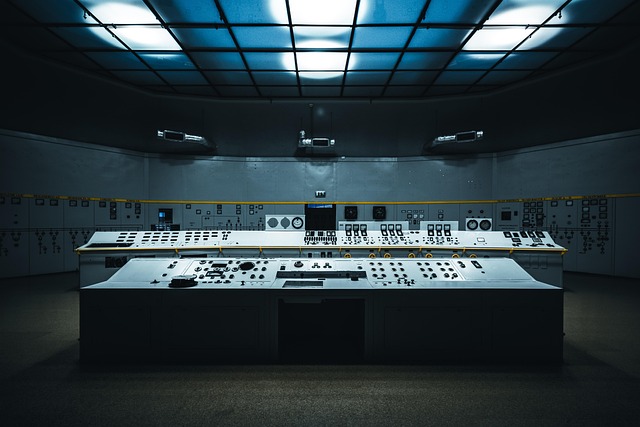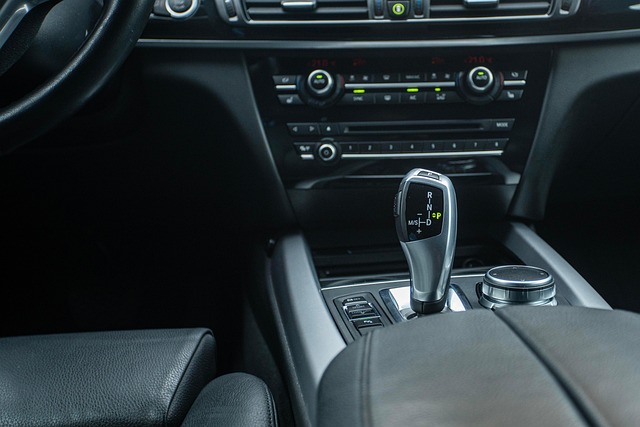
Revolutionizing Control: The Role of Robotics and AI in Business Automatization
Transforming the Future of Business with Robotics and AI
In today’s fast-paced world, the need for enhanced control architectures is more critical than ever. Businesses are continually seeking ways to improve their operations, streamline processes, and increase efficiency. With the revolutionary advancements in robotics and artificial intelligence (AI), we are witnessing a paradigm shift in business automation that promises not only to transform how we work but also how we comprehend control itself.
The Rise of Robotics in Business
Robotics has made significant inroads into various sectors, from manufacturing to logistics, fundamentally redefining the landscapes of these industries. Modern robots are no longer limited to performing repetitive tasks on assembly lines; they have evolved into sophisticated machines capable of performing complex operations with precision and speed. For instance, autonomous robots can handle inventory management, reducing human error and ensuring timely deliveries. The integration of robotics into business operations allows companies to maintain better control over their processes, making it easier to adapt to changing market demands.
The Power of Artificial Intelligence
Artificial intelligence adds another layer of innovation, enhancing how businesses interact with data and decision-making processes. AI algorithms can analyze vast amounts of information in real time, identify patterns, and provide insights that were previously unattainable. This intelligent processing capability empowers organizations to automate decision-making, allowing stakeholders to focus on strategic initiatives rather than mundane tasks. With AI-powered systems, businesses can achieve better control architectures, maximizing productivity while minimizing errors.
Seamless Automation in Business
The fusion of robotics and AI culminates in a seamless automation strategy that will shape the future of business operations. Imagine a scenario where a company can monitor its supply chain in real-time, automatically adjusting orders based on consumer demand predictions powered by AI analytics. This level of automation not only provides greater control over resources but also enhances customer satisfaction through timely deliveries and reduced costs.
Moreover, the integration of IoT devices with robotic systems further enriches this ecosystem. By collecting data from various sources and feeding it into AI algorithms, businesses can achieve dynamic control architectures that respond to changes instantly. This interconnected framework fosters a more agile and resilient organization, capable of navigating the complexities of today’s market landscapes.
Challenges and Opportunities
While the potential of robotics and AI in business automation is vast, it does come with its set of challenges. Companies must invest in the right technology and workforce training to fully realize their benefits. However, the opportunities far outweigh these challenges. With the correct implementation of innovative control architectures, businesses can position themselves at the forefront of their industries, ready to seize new markets and drive growth.
In a world where uncertainty prevails, the need for effective control architectures through robotics and AI in business automatization is essential. Embracing these technologies will not only enable organizations to thrive in competitive environments but also empower them to redefine their operational capabilities for the future.



